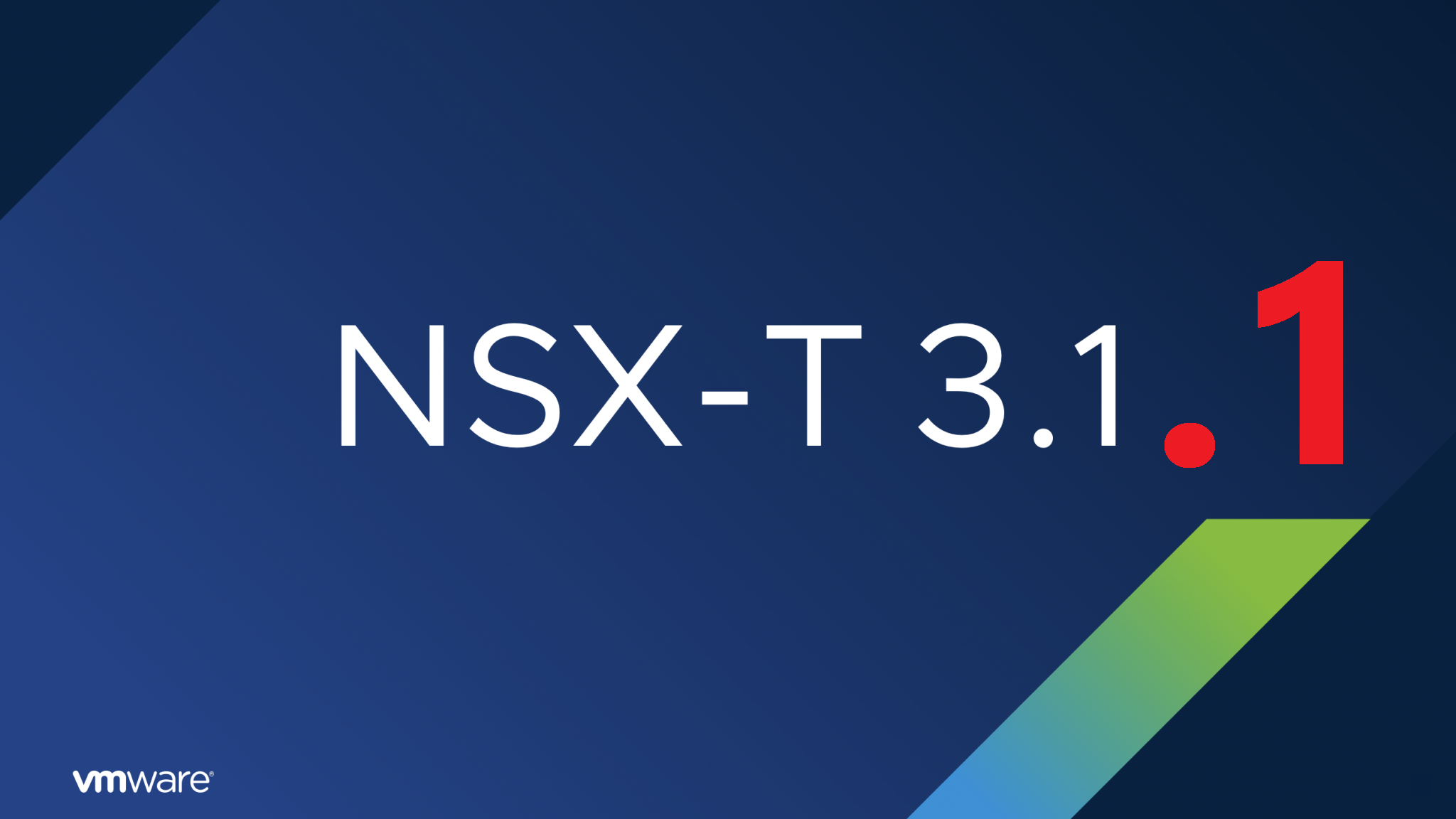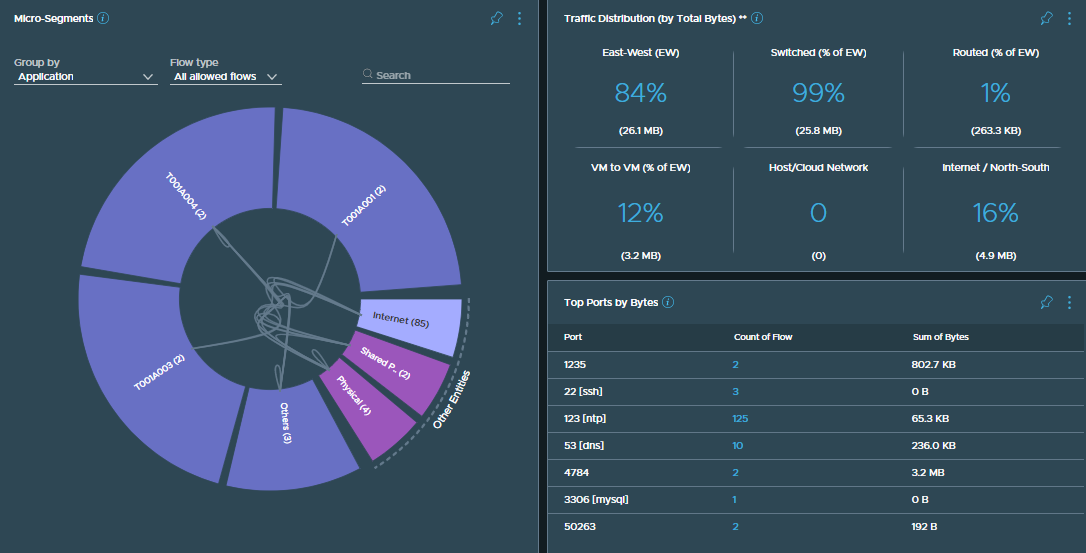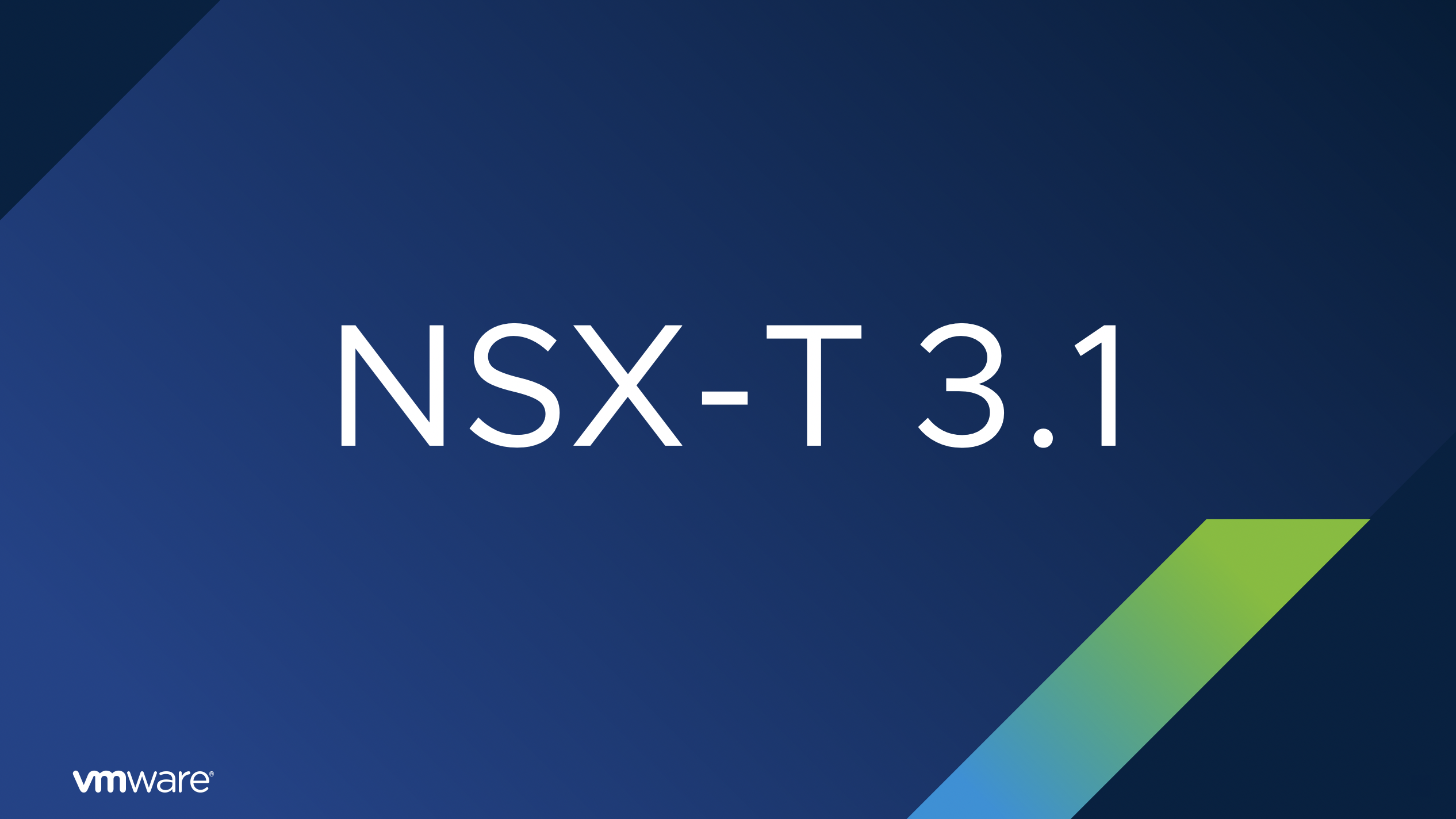Reading Time: 7 minutes
With the recent announcement and general availability of VMware NSX-T Data Center 3.1 on Friday 30th October 2020, we have a number of enhancements, new features, and functionality. The new features and functionality can be seen in a previous post (VMware NSX-T 3.1.0 Release Announcement), however, I realise I’ve never discussed the upgrade procedure itself.
Upgrading NSX-T Data Center couldn’t be easier. Yes, there are some disruptive elements, however, if your NSX-T design has redundancy built-in, we aren’t talking much. Upgrading the edge and transport nodes is as simple as you can imagine, as is the process of upgrading the NSX Managers themselves and, in this article, I cover the process from start to finish.
Continue reading → Upgrading VMware NSX-T Data Center to 3.1







